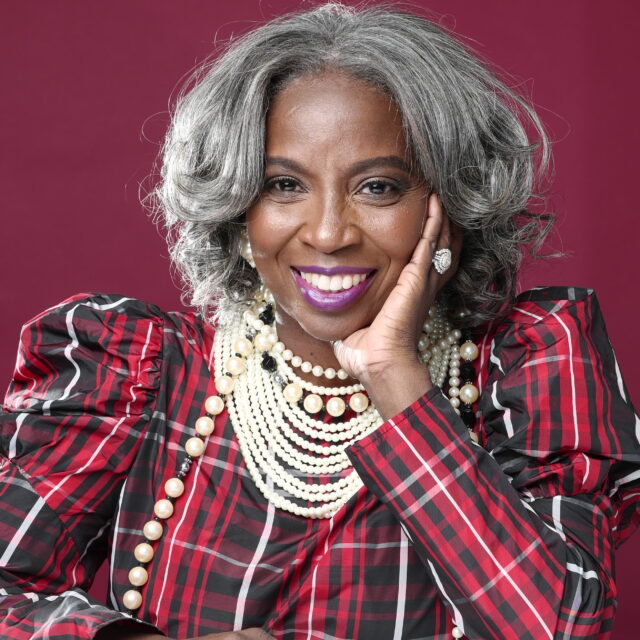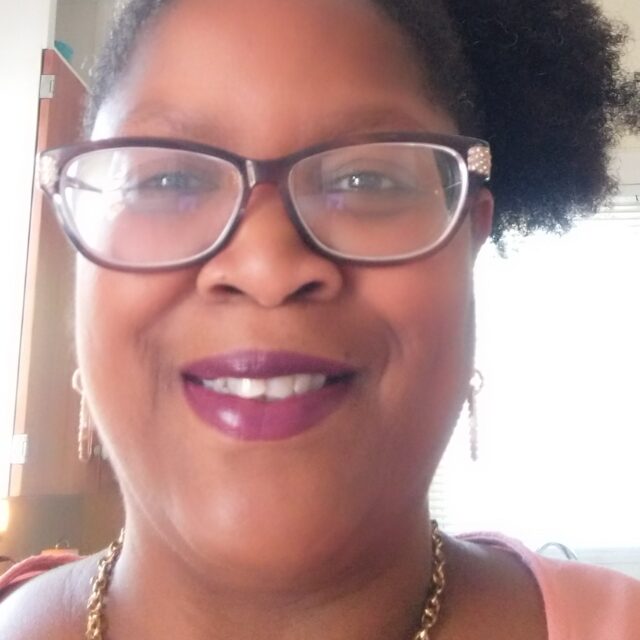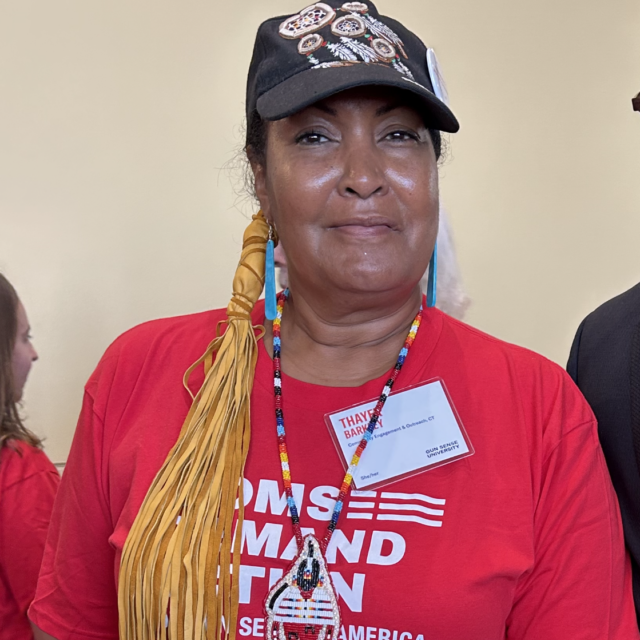Ask a Veteran: Suicide Prevention and Awareness

9.29.2023
September is Suicide Prevention Awareness Month, a time for amplifying the voices of survivors, spreading hope, and ensuring that individuals and families have access to resources to discuss suicide prevention and to seek help.
Firearm suicide is a significant public health crisis in the United States, claiming the lives of nearly 25,000 Americans every year—about 68 deaths a day. And this problem is not getting better. The firearm suicide rate has increased 19 percent nationally over the past decade. Approximately one in five of these firearm suicides are by veterans.
4,500
An average of 4,500 veterans die by firearm suicide every year—about 12 deaths a day.
Office of Mental Health and Suicide Prevention. “2001 – 2019 State Data Appendix”. US Department of Veterans Affairs. (2021). https://bit.ly/2Qblicx.
Last updated: 11.16.2021
An average of 4,500 veterans die by firearm suicide every year—about 12 deaths a day.
Veterans are more likely to die by suicide, and 71% of veteran suicides are by gun. Because of this, we recognize the role that Everytown plays in helping to solve this public health epidemic among those who have served our country.
SUPPORT FOR THOSE IN CRISIS
If you are a veteran in crisis—or you’re concerned about one—free, confidential support is available 24/7. Call the Veterans Crisis Line at 988 and press 1, send a text message to 838255, or chat online at veteranscrisisline.net
If you or someone you know is in crisis, please call or text 988, or visit 988lifeline.org/chat to chat with a counselor from the 988 Suicide & Crisis Lifeline, previously known as the National Suicide Prevention Lifeline. The 988 Suicide & Crisis Lifeline provides 24/7, free, and confidential support to people in suicidal crisis or emotional distress anywhere in the US.
Since 2018, Everytown Research has published an annual report called Those Who Serve: Addressing Firearm Suicide Among Military Veterans. It uses data from the Department of Veterans Affairs to provide a detailed overview of the the role guns play in veteran suicide. But we also wanted to hear directly from some veterans who happen to be experts on the subject.
We reached out to members of Everytown’s Veterans Advisory Council (VAC) to share their thoughts.
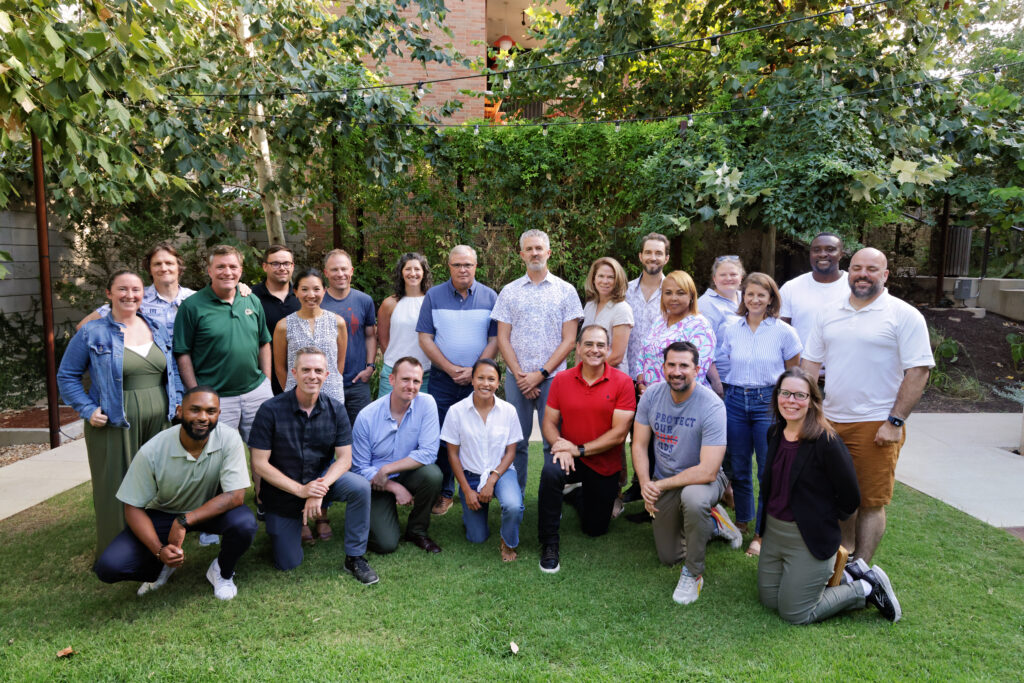
The following responses have been lightly edited for length and clarity.
What more can we do to intervene in gun suicide and better address this crisis?

Peter Lucier
-
U.S. Marine Corps veteran
I go through the Veterans Administration (VA) for my health care. I recently noticed the VA implementing a policy that Everytown and the VAC advocated for when I was asked on an anxiety and depression screening if I had access to firearms. I think that policy is going to save lives. But we need to go further. Health care providers throughout our health care system—not just the VA—should adopt this best practice. Asking people about access to lethal means needs to be part of every suicide prevention training across the country. And beyond just screening, we must train and promote all the best practices when it comes to means prevention, especially safe storage.

Sean Horgan
-
U.S. Marine Corps veteran
We can’t wait for a suicide attempt—by then, it’s too late. We need to tackle this problem from a few directions, one of which is educating friends and family around the person at risk. We need them to step in to separate the gun from the person until they get the help they need.
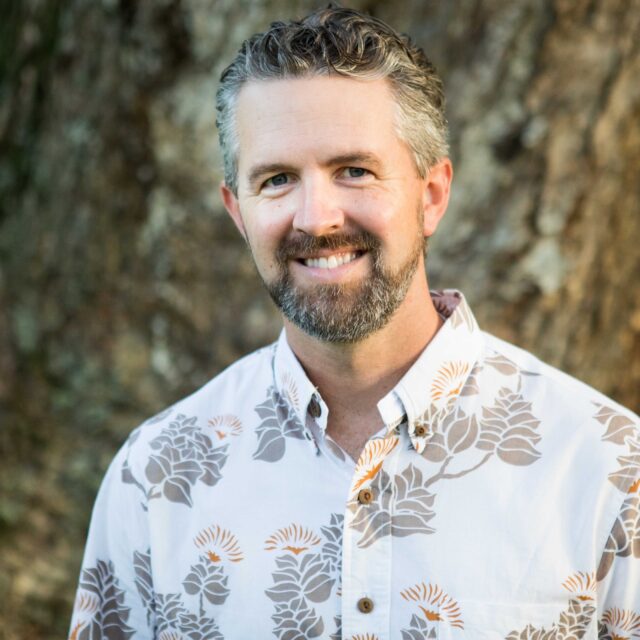
Chris Marvin
-
U.S. Army, retired
Because of the outsized role guns play in veteran suicide, it’s crucial that the first step in dealing with any veteran in crisis is to separate them from access to guns. The simple fact is that veterans are more likely to reach for a gun to attempt suicide, and guns are significantly more deadly. After we separate the veteran from the gun, we can work on the numerous other interventions that are proven successful in quelling suicidal ideations.
There is a prevalent narrative around suicide that an individual will find a way to make an attempt regardless of means available. But the difference in fatality rates between gun suicide attempts and attempts by other lethal means shows that this narrative is generally false. Why is it so important to talk about the role that guns play in suicide?

Peter Lucier
-
U.S. Marine Corps veteran
We know that putting time and space between the means of suicide and the person in crisis can save lives. Period. Safe storage practices give those considering suicide precious extra time to reconsider.

Sean Horgan
-
U.S. Marine Corps veteran
People think they have more self control than they actually do. We see that in many parts of our lives like working out, diet, credit cards. Unfortunately we make bad choices, and when that choice involves a gun, it’s often deadly.

Chris Marvin
-
U.S. Army, retired
Pulling the trigger almost always results in death by suicide. The gun essentially stands in the way of mental health counseling, peer-to-peer support, substance abuse treatment, etc. The VA has poured so much money into bolstering these anti-suicide interventions; it’s crucial that they do the same to remove ways to intervene before a gun is used. Otherwise, all of the other investments are useless.
What is the role of veterans in raising awareness for suicide prevention and intervention?

Peter Lucier
-
U.S. Marine Corps veteran
As trusted voices when it comes to both firearms and mental health, veterans can be spokespersons for bystander intervention, suicide prevention, and especially safe storage practices. The lessons we learned in the military about training, safety, and accountability can save lives in the civilian world, and we owe it to spread the word.

Sean Horgan
-
U.S. Marine Corps veteran
Veterans have a lot of experience with both guns and suicide in our community and people in the US listen to us. We can speak honestly about the impact of guns and suicide, and be seen as a credible messenger.

Chris Marvin
-
U.S. Army, retired
Veterans understand that guns are a tool that is used to take human life. We are taught as much in the military, along with how and when to use such deadly force. As Americans become more comfortable with guns being everywhere and more Americans store guns loaded and unlocked, suicide rates will likely continue to rise. Veterans must speak frankly about guns and the lethal implications they have, not only for the gun owner, but for anyone else in the home or who might have easy access. Anywhere there is a gun, suicide is a significant risk.
More than 70% of veteran suicides are by gun (compared to about half of nonveteran suicides), and veterans are more likely to die by suicide. Talk about the correlation you see between those two statistics. How can we better address the role of guns in veteran suicide?

Peter Lucier
-
U.S. Marine Corps veteran
We need to focus less on awareness and more on actionable information. Push-ups are a good start. But we need to not only push up, but push OUT information that we know can save lives.

Chris Marvin
-
U.S. Army, retired
Veterans reach for guns because they know they will do the intended job. Veterans are also more likely to own guns and to store them loaded and unlocked. So, for many veterans, the moment they enter into a potential suicidal crisis, it’s imperative that all guns are unloaded and locked away. If necessary, the veteran in crisis should give their gun safe key or code to a friend, limiting their ability to access such a lethal weapon at a moment of crisis. We all have a role to play in getting this message out.
Is there anything we didn’t ask that you’d like to share about suicide prevention and awareness—particularly in the veterans community?

Peter Lucier
-
U.S. Marine Corps veteran
This issue is personal for me. The Squad Automatic Weapon (SAW) gunner in my rifleteam in Afghanistan died by firearm suicide in 2020. He left behind two daughters. We can save lives like my friend’s. We know what works—means prevention. I don’t know if it would have saved his life. I don’t know if we can save every life. But every life we do save is infinitely meaningful to the person struggling with suicidal ideation, their friends, family, and loved ones. To not take action we know will work is to abandon our most fundamental duty not only to veterans, but to each other.

Chris Marvin
-
U.S. Army, retired
Veterans aren’t dying by suicide at a higher rate than nonveterans because they are sadder or more traumatized or less cared for or too macho to get help. Veterans are dying by suicide at higher rates because veterans are more likely to use the tool that has the greatest likelihood to result in death. It’s the guns.
About the Veterans
Peter Lucier
U.S. Marine Corps veteran
St. Louis, MO
Peter Lucier is a Marine Corps veteran and current law student at Saint Louis University School of Law. Peter served in the Marine Corps as an infantry rifleman and combat marksmanship coach for six years and deployed to Afghanistan in 2011. He has written extensively about veterans issues, and his bylines include the New York Times, Washington Post, America magazine, and others. He is a founding member of the Everytown Veterans Advisory council.
Sean Horgan
U.S. Marine Corps veteran
Boston, MA
Sean Horgan was born in Ireland and enlisted in the Marines shortly after becoming a resident of the United States. In the military, he served everywhere from the Arctic Circle to Fallujah Iraq, where he led a rifle platoon. Sean holds a bachelor’s degree in computer science from the University of Massachusetts at Amherst and has led product and engineering teams in healthcare and life sciences. Currently, Sean is a product manager at Verily, an Alphabet company, and leads the development of their biomedical research platform. Sean lives in Boston with his wife and two children.
Chris Marvin
U.S. Army, retired
Honolulu, HI
Chris Marvin is a former Black Hawk helicopter pilot and medically-retired U.S. Army officer with more than seven years of active service. He led a platoon into combat in 2004, where he was badly wounded in a helicopter crash near the Afghan-Pakistan border. He is a fourth-generation Army combat veteran whose familial military history extends to the American Revolution. Chris is a leading thinker and voice on the perception of veterans in modern society, and a founding member of the Everytown Veterans Advisory Council.


